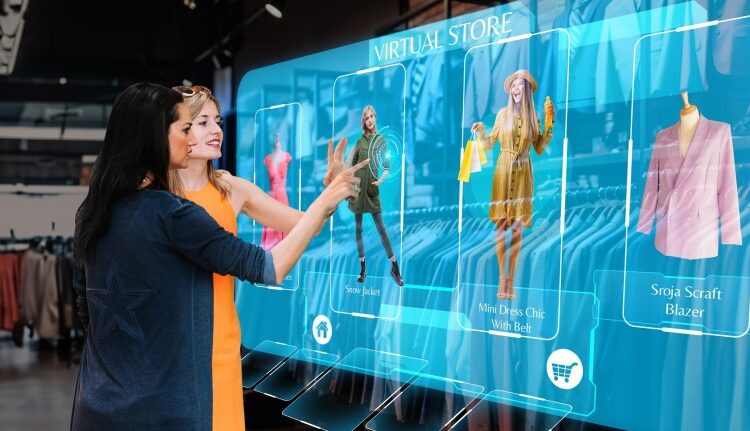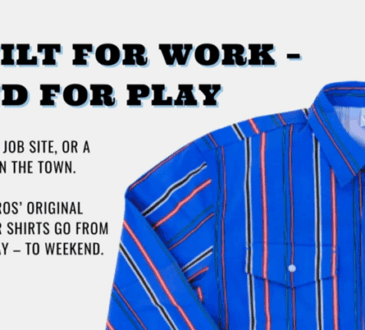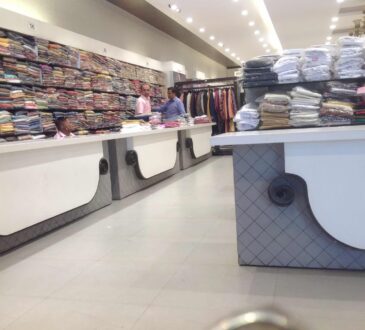
Every garment in the vibrant, energetic fashion of the rave culture expresses uniqueness. Still, buying for rave attire can occasionally feel like a difficult, daunting chore. Given so many choices, customers sometimes find it difficult to identify which fits them best. Here technology especially artificial intelligence (AI) and personalizing is transforming the rave wear ecommerce experience. Retailers are improving the buying experience by adding artificial intelligence into online platforms, therefore making it more straightforward, fun, and at last profitable.
Personalization as the Future of Shopping
Rave clothing is not an exception; personalizing is changing the internet purchasing experience. Customers would traditionally scroll through pages of choices, usually leaving confused or disappointed. Thanks to AI-driven personalization, ecommerce systems can now offer much customized recommendations depending on the particular tastes and activities of every client. Along with consumer happiness, this change is increasing conversion rates.
AI-Powered Visual Search and Style Recommendations
Visual search technology is among the most creative use of artificial intelligence in the rave clothing retail experience. Though they may not always know how to articulate what they are searching for, rave goers usually have particular ideals in mind. Consumers can post pictures of their favorite clothes with artificial intelligence, and the system will look for like items from the inventory of the retailer. This offers almost flawless browsing, therefore improving the user experience and eliminating the need for sophisticated search searches.
AI can also provide fashion advice above the minimum standards. Analyzing current trends, personal preferences, and event-specific clothing (such as the theme of a festival) helps platforms propose whole sets that complement the user’s particular style. Driven by artificial intelligence, this degree of customizing makes the buying experience far more relevant and interesting for consumers.
Real-Time Data for Dynamic Pricing and Offers
AI not only customizes recommendations for products but also helps with tailored pricing and advertising campaigns. This degree of tailored, time-sensitive offer drives consumers to convert by increasing their urgency of purchase.
Improved User Experience through Chatbots and Virtual Stylists
Virtual stylists and AI-powered chatbots are another way artificial intelligence is changing the rave clothing buying experience. Available around-the-clock to aid consumers in finding exactly what they are looking for, these technologies serve as personal shopping assistants. A consumer might query a chatbots about the newest rave wear trends, color selections, or how to style a given piece. By means of artificial intelligence, the bot may offer fast, precise responses and even lead the consumer through the shopping process, implying products that suit their taste.
The Impact on Conversions and Customer Loyalty
These AI-driven capabilities not only improve the shopping experience but also greatly raise conversions. Moreover, the ability of artificial intelligence to forecast and recommend pertinent products helps to avoid the typical problem in e-commerce: cart abandonment. Personalized offers and recommendations help businesses to guarantee that consumer’s feel appreciated and understood, hence promoting better conversion rates.
Conclusion
Including artificial intelligence and personalization into rave clothing ecommerce systems is revolutionizing festival fashion buying behaviour. From customized recommendations to real-time data-driven pricing and virtual style help, technology is smoothing out, engaging, and more suited to individual demands the online buying experience. This tech-driven approach not only increases customer pleasure but also converts more, so it is abundantly evident that artificial intelligence and personalizing will define online retail in the rave clothing sector.




